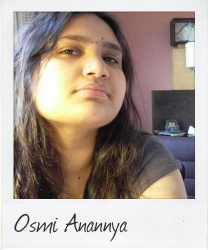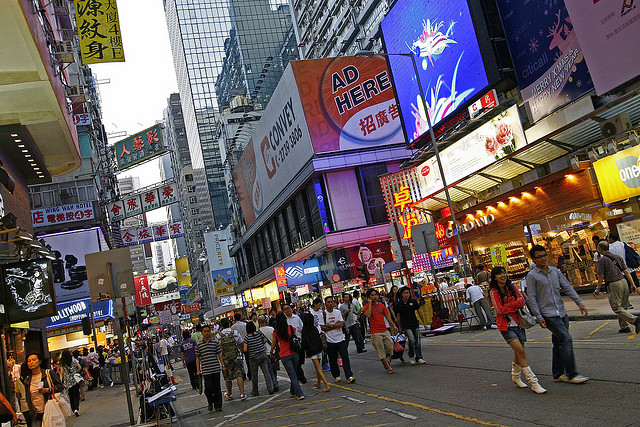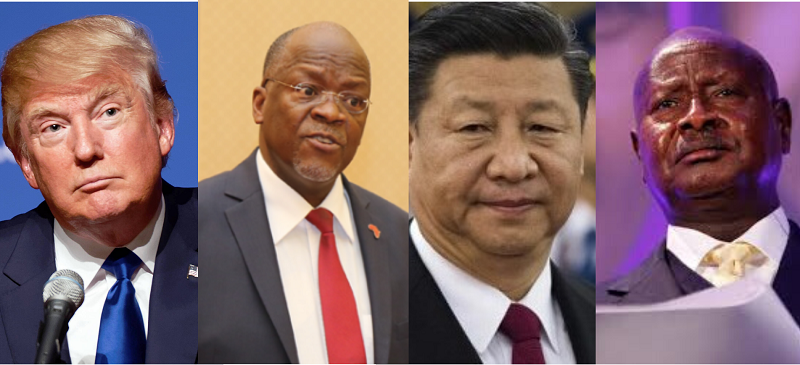“Complex and diverse – the middle class in China is emerging”
February 22 Forty years after the end of Mao’s effort to create a classless society, a middle class has emerged in China, writes Osmi Anannya, 25, from Dhaka, Bangladesh. It’s a sector of the population that is making a mark on Chinese society.
Forty years after the end of Mao’s effort to create a classless society, a middle class has emerged in China, writes Osmi Anannya, 25, from Dhaka, Bangladesh. It’s a sector of the population that is making a mark on Chinese society.
The Communist Party in China is facing increasing criticism from the country’s middle class.
In October last year, many middle class demonstrators protested against, and successfully prevented, the construction of an oil refinery, citing health concerns to be the major issue.
The Party had prioritised stability rather than industrialisation prior to its 18th Party Congress, and the protests on the streets of the affluent eastern port city of Ningbo yielded a positive result for the citizens who secured their fair share of say in the political system of China. Political and environmental demonstrations are the norm in the country, especially against large-scale projects which could trigger a national health crisis and subsequent deterioration of living standards, such as adding more fuel to the existing toxic relationship between heavy industrialisation and pollution.
The middle class in China is somewhere around forty years old. Under Mao’s reign (1945-1976) most of the citizens were referred to as farmers, peasants, workers or intellectuals rather than designated a specific class to be identifiable in the class hierarchy. It was all a part of a grand plan to charter a classless society in the country. Industrialisation, urbanisation, reforms and social revolutions from 1979 onwards introduced the middle class to China. Research at the Chinese Academy of Social Sciences (CASS) has shown that the numbers are projected to grow tenfold in the 21st century. Figures from 1949-2006 shows blue-collar workers in agriculture to have lessened, going from 88.1 per cent of the population to 50.4 per cent, while the middle class expanding from 7.9 per cent to 39.1 per cent of the overall population.
A Chinese citizen is deemed to be a part of the middle class social hierarchy if they fulfil three important criteria:
- they have a higher and more stable income than average
- they are employed in professional or managerial roles
- they have a higher degree of education than average
The middle class in China particularly, can be divided into three separate groups:
- the new middle class, comprising party and government officials, enterprise managers, entrepreneurs, professionals and senior-level clerical workers
- the old middle class, comprising the self-employed
- the marginal middle class, comprising white-collar clerical workers and sales and service sector employees
Complex and diverse, the middle class in China is emerging as people with new-found wealth. Some are capitalists while others are private entrepreneurs, but all integrate into society through participation in the Party and various social and political activities such as formulating economic policies. The new middle class is considered to be more democratic than average but in general this particular section of society’s acceptance of state authority is directly dependent on their ability to maintain their mostly comfortable lifestyle.
The career choices of a large share of the middle class determine the high value many workers place on their professions, presuming a rewarding and long working life. However most of the middle class have found themselves unable to identify with the society to which they belong. From the working class to agricultural labour, all have been cited as possible alternatives because of the dire state of social welfare in China. Housing loans, rising costs of living, insufficient income or savings growth all result in a discrepancy in social and political inclinations for people.
The middle class born in the 1980s are known to be more democratic than those who born in the 1990s; the latter by stark contrast are popularly perceived to be more pro-state authority, favouring economic reform and conservatism in politics. Owing to the diversity of this broad social group, majority of the middle class are pro-democracy, play a more active role in politics than the working class and the agricultural labour class, agree to stricter tax regulations for the rich to fund the income gap, and have a greater tendency to believe profit equals to sustainable economic growth. The younger and more educated generation and the growing working class population meanwhile, contribute to the democratic streak often so visible in Chinese society.
photo credit: █ Slices of Light █▀ ▀ ▀ via photopin cc
………………………………………………………………………………………………………………
About me:
…………………………………………………………………………………………………………………
Opinions expressed in this article are those of the author and do not necessarily represent the views of the Commonwealth Youth Programme. Articles are published in a spirit of dialogue, respect and understanding. If you disagree, why not submit a response?
To learn more about becoming a Commonwealth Correspondent please visit: http://www.yourcommonwealth.org/submit-articles/commonwealthcorrespondents/




